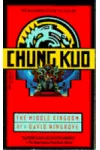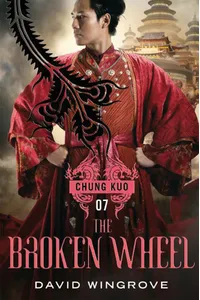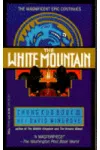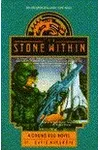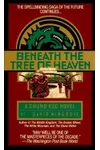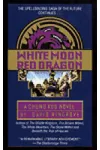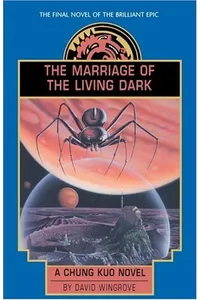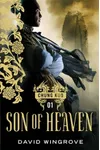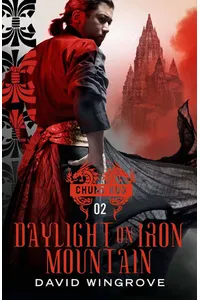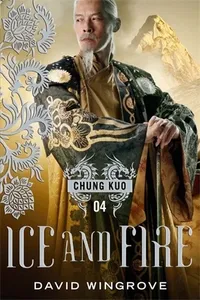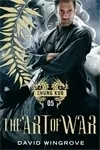Step into the sprawling, futuristic world of Chung Kuo, where mile-high cities of shimmering 'ice' tower over a China-dominated Earth, and political intrigue weaves a thrilling tapestry of science fiction! Written by David Wingrove, this epic series transports readers to a dystopian future where rigid social hierarchies, clashing ideologies, and a cast of hundreds battle for humanity’s destiny. With its blend of grand worldbuilding and gritty human drama, Chung Kuo is a hidden gem for sci-fi fans craving a thought-provoking saga.
Picture a planet housing 40 billion souls, packed into continent-spanning megacities. From the opulent heights of the elite to the squalid depths of 'Below the Net,' Wingrove’s vision is as ambitious as it is immersive. Ready to explore this intricate universe? Let’s dive in!
How Chung Kuo Began
British author David Wingrove launched Chung Kuo in 1989 with The Middle Kingdom, envisioning a nine-book saga inspired by dynastic China and futuristic dystopias. Drawing parallels to Frank Herbert’s Dune and Isaac Asimov’s Foundation, Wingrove crafted a world where Chinese culture reshapes Earth after a global collapse. His goal? To explore humanity’s struggle between stability and change in an overpopulated future. Originally published as eight volumes, the series was later expanded to 20 books with new prequels, starting with Son of Heaven in 2011, to fulfill Wingrove’s grand vision.
The Heart of Chung Kuo
The series kicks off with The Middle Kingdom (1989), set in 2190, where seven T’ang emperors rule a stratified Earth. The story follows characters like Li Yuan, a T’ang heir torn by love and duty, and Kim Ward, a genius from the lawless 'Clay' uncovering dangerous truths. Son of Heaven (2011), a prequel, traces China’s rise through Jake Reed, a broker caught in a 2043 cyber-attack that topples the West. Daylight on Iron Mountain (2011) deepens the political conspiracies, while Ice and Fire (2012) escalates tensions with the destructive 'War of Two Directions.'
Chung Kuo’s themes are its heartbeat: the clash between stasis and progress, the cost of absolute power, and the fragility of social order. Wingrove’s ice cities, built from a super-plastic, symbolize a world frozen in control, yet teetering on chaos. His multi-perspective narrative—spanning emperors, assassins, and rebels—creates a rich, morally gray tapestry. Fans praise its Byzantine intrigue and vivid settings, likening it to Blade Runner meets Shogun, though some note its dense cast and gritty violence may not suit all.
Why Chung Kuo Resonates
Chung Kuo’s impact lies in its audacious scope and unflinching exploration of human nature. Critics, including The Washington Post, hailed it as a 'masterpiece of the decade' for its worldbuilding, rivaling sci-fi titans. Despite mixed reviews—The New York Times questioned its historical plausibility—the series has a cult following for its prescient take on global power shifts and societal divides. Its revival in the 2010s, though incomplete, sparked renewed interest, with fans eager for Wingrove’s self-published conclusion.
Today, Chung Kuo remains a bold reflection on power, culture, and survival, appealing to readers who love intricate, character-driven epics. Its niche status only adds to its allure, offering a fresh alternative to mainstream sci-fi.
- First Published: 1989
- Total Books: 8 (original), 20 (recast, partially released)
- Setting: 22nd–23rd century Earth
- Notable Award: Hugo Award-winning author (for non-fiction)
Grab The Middle Kingdom or Son of Heaven and dive into Chung Kuo’s dazzling, dangerous world of sci-fi intrigue!
